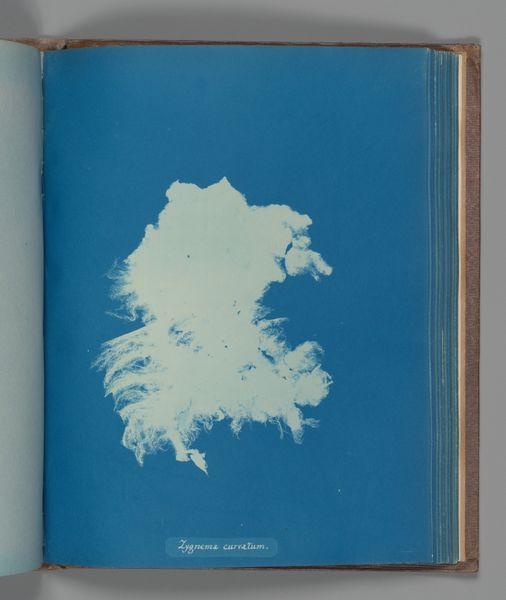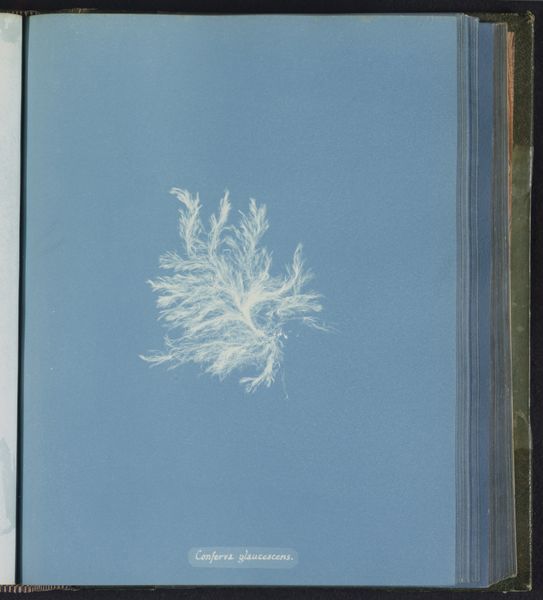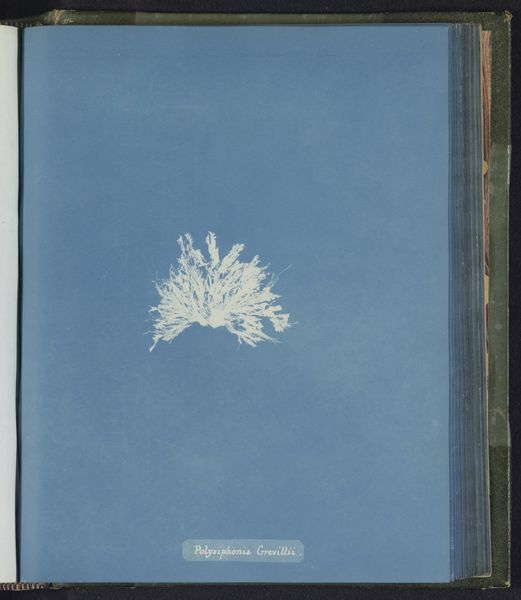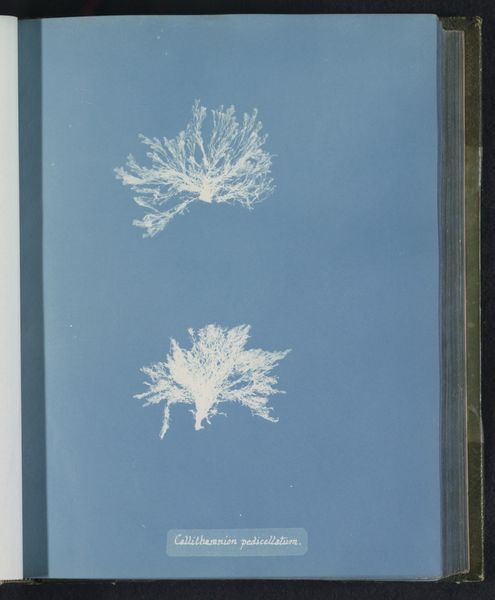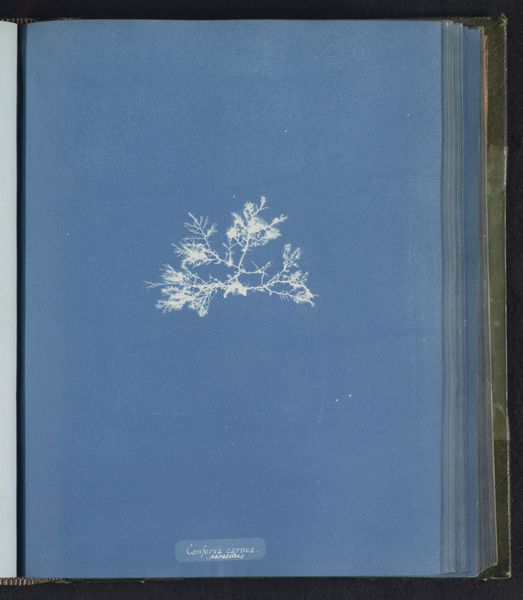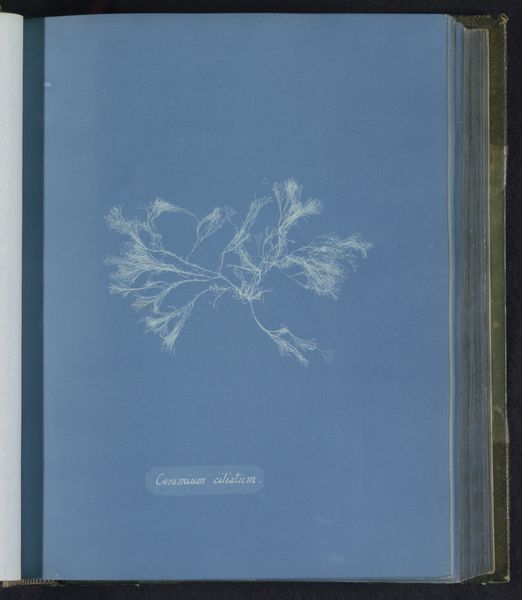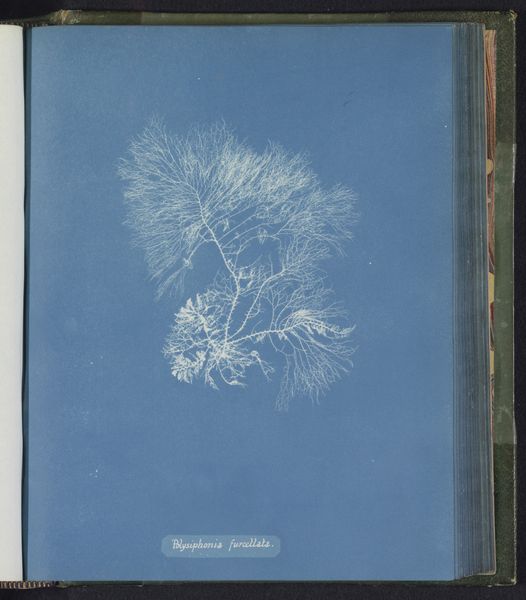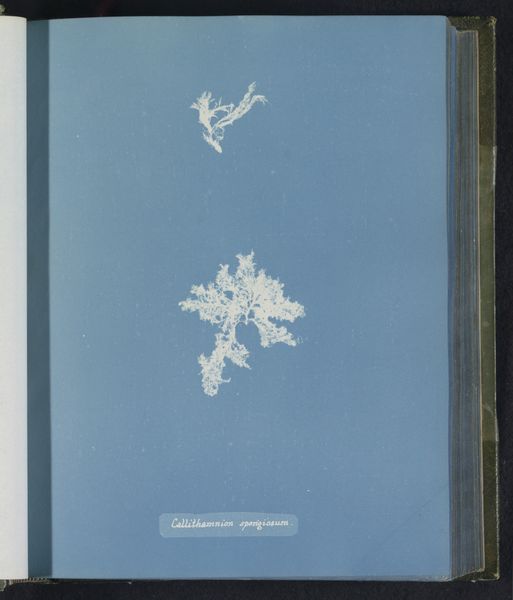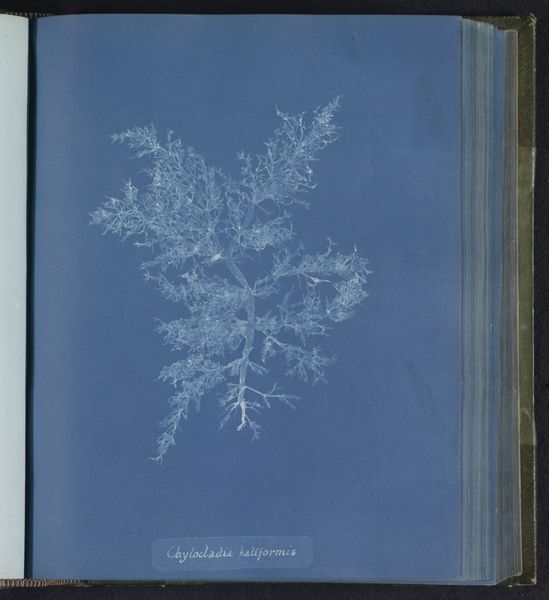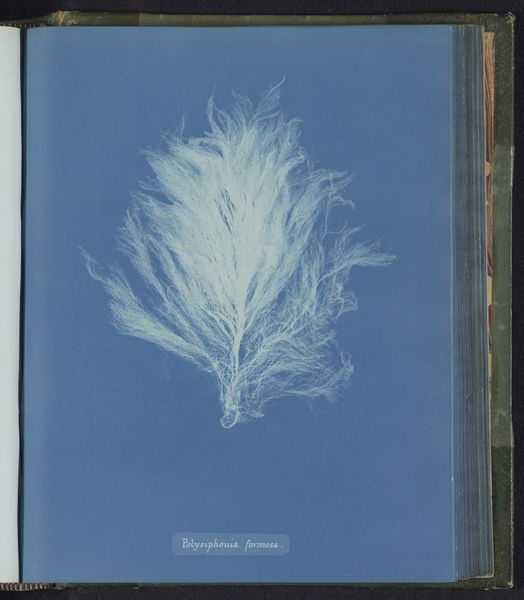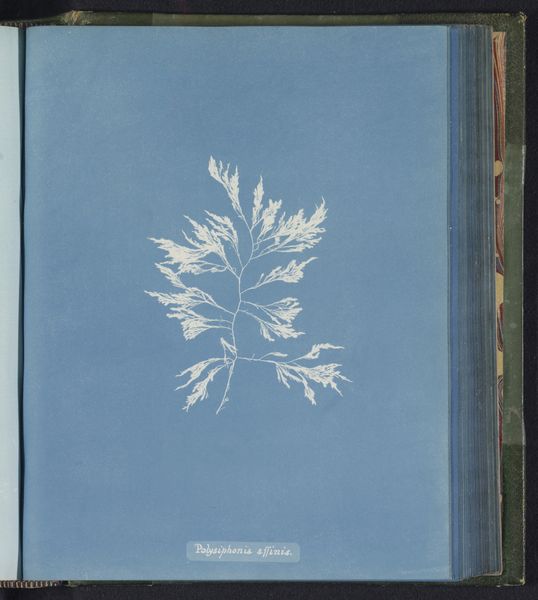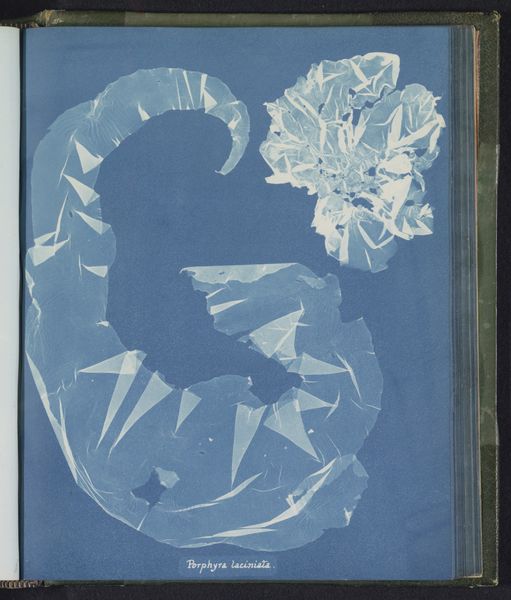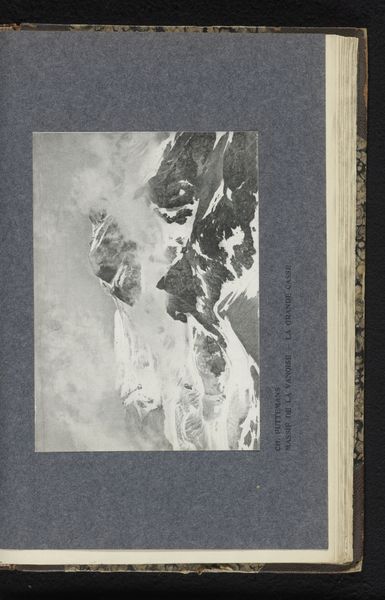
print, cyanotype, photography
#
still-life-photography
# print
#
cyanotype
#
photography
Dimensions: height 250 mm, width 200 mm
Copyright: Rijks Museum: Open Domain
Editor: Here we have Anna Atkins' "Kalymenia dubyi", made sometime in the 1840s or early 1850s, a cyanotype print featuring a type of seaweed. The dreamy, almost ghostly quality of the plant against that intense blue is quite striking, don't you think? What do you see in it? Curator: It whispers secrets of both science and art to me. Imagine Atkins, meticulously laying out seaweed, harnessing the sun's power to capture its delicate form! It’s more than just a photograph; it’s a botanical record, a scientific document cloaked in ethereal beauty. The cyanotype process gives it that otherworldly quality. Doesn't it feel like peering into a lost world? Editor: Absolutely! It feels incredibly delicate. But why this medium? Was it simply the most accessible photographic technique at the time, or was there more to it? Curator: Ah, a splendid question! Cyanotype was relatively inexpensive and didn’t require a camera, ideal for Atkins’ scientific pursuits. Yet, the striking blue hue – often called "cyan" after which the process is named - elevates it beyond mere documentation. It transforms the seaweed into something… numinous. It’s the intersection of practicality and unexpected artistry. It reminds me of childhood, making sun prints in the garden. Did you ever do that? Editor: I did! I see what you mean. Knowing the process changes my understanding – it connects me to her in a weird way, through a shared experience separated by centuries. Curator: Exactly! It’s a reminder that art and science, objectivity and beauty, can intertwine in unexpected and rewarding ways. It gives me a funny feeling... Editor: This piece has completely changed my perspective on early photography. I came in thinking it was just a pretty picture of seaweed, but now I see its scientific and artistic depth. Curator: Wonderful. The most profound art often works like that, doesn't it? Slowly revealing itself layer by layer, connection by connection.
Comments
No comments
Be the first to comment and join the conversation on the ultimate creative platform.
